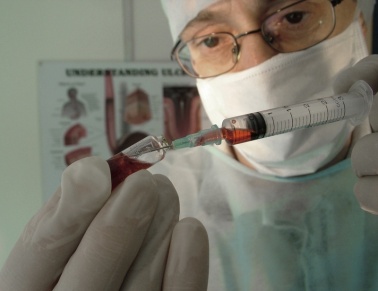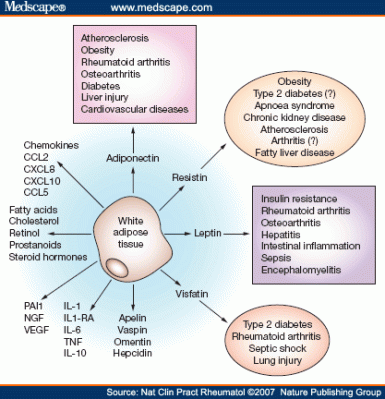
ABSTRACT:
“Purpose of Review: The purpose of this review is to describe the scientific evidence that specific immunotherapy can prevent the development of asthma in patients suffering from rhinoconjunctivitis as well as reduce the number of new allergies developing.
Recent Findings: Proposed strategies for the prevention of the development of allergic rhinoconjunctivitis and asthma include allergen avoidance, pharmacological treatment (antihistamines and steroids) and specific immunotherapy. Long-term follow-up on immunotherapy studies demonstrates that specific immunotherapy for 3 years shows persistent long-term effects on clinical symptoms after termination of treatment and long-term, preventive effects on later development of asthma in children with seasonal rhinoconjunctivitis. It is so far the only treatment for allergic diseases that has been shown to be able to prevent worsening of disease and development of asthma. Also, specific immunotherapy seems to reduce the development of new allergic sensitivities as measured by the skin prick test as well as specific IgE measurements.
Summary: Specific immunotherapy is the only treatment that interferes with the basic pathophysiological mechanisms of the allergic disease and thereby carries the potential for changes in the long-term prognosis of respiratory allergy. Specific immunotherapy should be recognized not only as first-line therapeutic treatment for allergic rhinoconjunctivitis, but also as secondary preventive treatment for respiratory allergic diseases.”

THE WITCH DOCTOR’S NOTES
The link between, rhinitis and asthma
80% of asthmatic patients have nasal symptoms.
40% of rhinitis patients reported coexisting asthma.
20% of rhinitis patients develop asthma in later life.
Many rhinitis patients have twitchy bronchi (BHR) out-with the pollen season and being sensitised to one allergen also increases the risk of being sensitised with more allergens over time.
The management of a patient with inhalant allergy should include:
1. Education of the patient
2. Avoidance of allergens
3. Elimination treatment
4. Treatment of symptoms
5. Allergen specific immunotherapy
Allergen Specific Immunotherapy
Suppresses the seasonal increase in eosinophilia.
Reduces late phase reactions.
Shift from Th2 to Th1 responses.
One study shows that 72% children treated with specific immunotherapy were asthma free compared with only 22% of SIT treated children. The follow-up was for 14 years. SIT was given for a period of 4 years with mixtures of allergens individualised. the best effects were seen in those children receiving the highest doses of allergen.
The tendency to non- specific twitchy airways was also reduced.
The Preventative Allergy Treatment (PAT) Study
First prospective study. Involved 208 children aged 6-14 with allergic conjuctivitis to birch or grass pollen.
SIT given for three years and then assessed for development of asthma.
Patients with known perennial or seasonal asthma were excluded but investigation demonstrated mild asthma during baseline pollen season, and more than a third had BHR measured by metacholine challenge.
The SIT treated group without baseline asthma had less asthma and BHR than controls.
Similar trend in study using sublingual immunotherapy (SLIT)
Evidence for The Prevention Of New Allergies
In 1961, it was shown that subcutaneous immunotherapy could decrease the risk of new sensitivities developing.
There have been subsequent studies since demonstrating highly signiican benefit.
Conclusion
“Long-term follow-up on immunotherapy studies demonstrates that SIT for 3 years with high doses of standardized allergen extracts shows persistent long-term effects on clinical symptoms after termination of treatment and long-term, preventive effects on later development of asthma in children with seasonal rhinoconjunctivitis. It is so far the only treatment for allergic diseases that has been shown to be able to prevent worsening of disease and development of asthma. In this light, SIT should be recognized not only as first-line therapeutic treatment for allergic rhinoconjunctivitis, but also as secondary preventive treatment for respiratory allergic diseases.”
TO OBTAIN THIS INFORMATION THE WITCH DOCTOR READ THE FOLLOWING
“How Strong is the Evidence That Immunotherapy in Children Prevents the Progression of Allergy and Asthma?”
Lars Jacobsen; Erkka Valovirta
Curr Opin Allergy Clin Immunol. 2007;7(6):556-560. ©2007 Lippincott Williams & Wilkins



 Posted by Witch Doctor
Posted by Witch Doctor 








You must be logged in to post a comment.